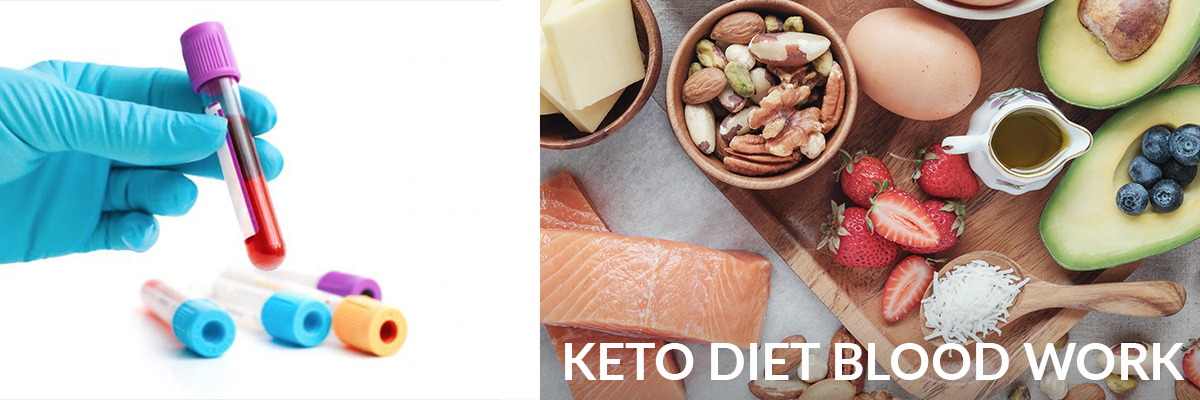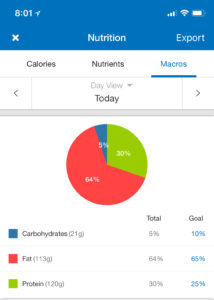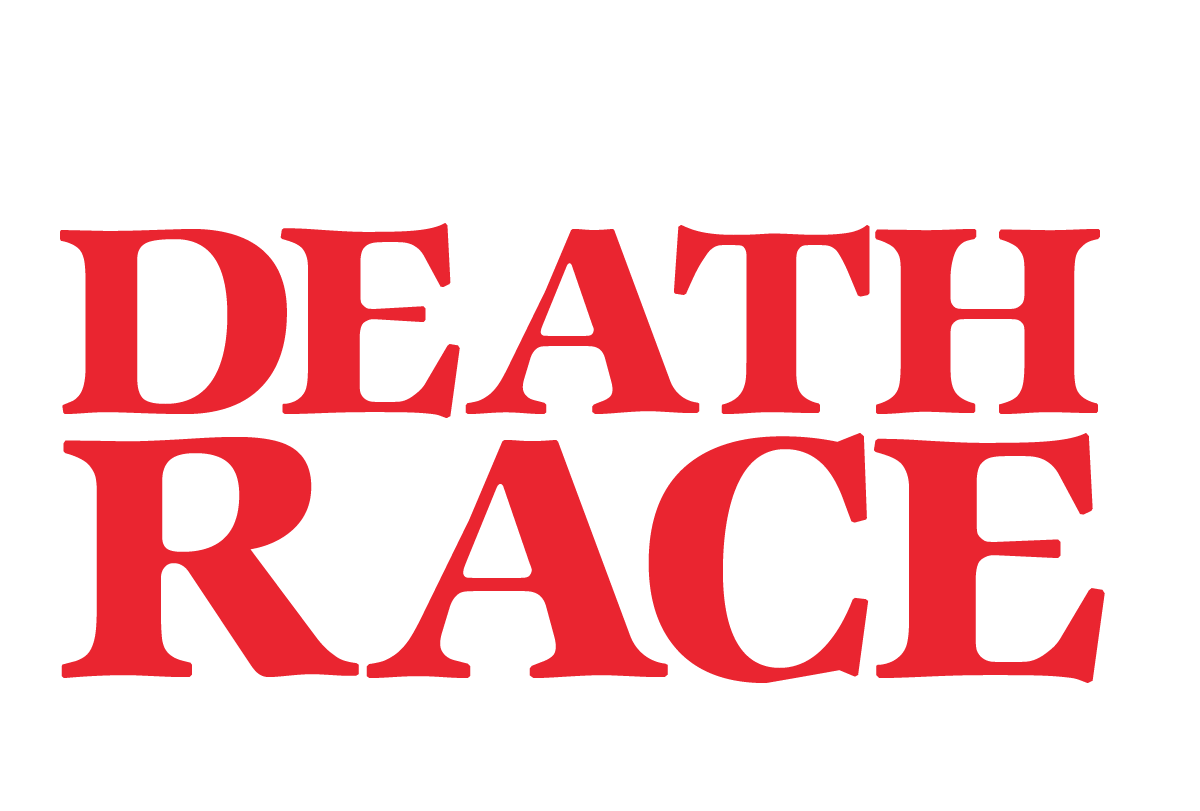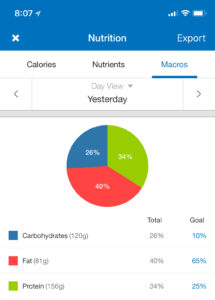
If you’ve been following my recent posts, you may have seen that I’ve gone keto, if you haven’t you can get the whole scoop here. In my attempt to become a more efficient, energetic, and ultimately, a faster endurance athlete I’ve been working on a lot of tweaks to how I approach endurance events, such as the Georgia Death Race and the Mojave Death Race that I am currently training for. Now, a large part of my going keto is to enhance my race day performance while minimizing or eliminating my intake of sugary goodness and all those gu’s and gels that I usually take.
After having a very upset stomach moments before our 1-hour yoga session under the moon at the SISU 24, I decided to read the keto books that were recommended to me and discovered there might be something to this keto diet. So with how close my body was to already being keto I figured it wouldn’t have too big of an effect on my health and wellness. In theory, it was a good diet, filled with (mostly) good fats.
To provide some background, a couple years ago I had my blood tested by InsideTracker, they tested 28 biomarkers with the Ultimate Plan, since then the Ultimate Plan has gotten an upgrade to a whopping 42 biomarkers, including the most important markers for strength and endurance, Creatine Kinase, Testosterone, Free Testosterone, DHEAS, Cortisol, Sex-Hormone Binding Globulin, and Albumin.
While it’s awesome that all of these biomarkers are offered, the ones we’re going to talk about today are the ones that stood out on my recent test results. That’s the beauty of InsideTracker, when you get your results, you can hone in on the most important biomarkers relative to you and your needs to optimize your health.
Before we dive in let’s take a look at my diet back in 2015, and then let’s look at my keto diet now, and then compare the results from these two diets as it relates to me and my body.
2015 Typical Daily Diet
Breakfast
- 3 Eggs with Yolk
- 1-2 Pieces of Bacon (3x week)
- Half Avocado
- Dark Roast Coffee with 1tbsp Kerrygold Grass Fed Butter and 1tbsp Coconut Oil (the cheap man’s MCT oil) you may know this as, “Bulletproof Coffee”
Second Breakfast
- Banana
Lunch
- Ham Sammich (typically on wheat or multi-grain bread)
- Tomato, Onion, Lettuce, Olive Oil Mayo, Honey Mustard
- Occasionally add salami or other meat
- Mixed Greens Salad, Tomatos, Cucumber, Onion, Peppers, Balsamic
Second Lunch
- Protein Shake (made with or without fruit and veggies)
Dinner
- Main Course Protein (Red Meat, Chicken Breast, seafood)
- Brown Rice with Quinoa
- Veggies (Broccoli, Asparagus, Zucchini, or some sort of Veggie mix)
80% of the time that’s my diet, that’s what I eat day in and day out with some variability but not too much, I abide by the 80/20 rule when it comes to food, 80% is healthy, clean, and capable of providing adequate fuel to support my training, while 20% is reserved for pleasure and enjoying myself and my taste buds every once in a while. I mean, who doesn’t love a good ol’ Ben & Jerry’s Americone Dream, and yes, I’ve used Amazon Prime Now to have ice cream delivered in under two hours, don’t judge me.
With the Keto diet, it’s pretty much all in, you can’t do the typical 80/20 because to stay in ketosis, which is a primary objective of this diet, you have to stick to a very specific balance of macros.
My standard diet above equates to these macros 40% fat, 34% protein, and 26% carbs, basically it's a low-carb diet:
And as you can see, the goal column on the right is the standard macro balance for the keto diet which is 60-75% fat, 15-30% protein, and 5-10 carbs. With my current diet, I need to introduce 20% more fat and reduce my carbs by 16%. Basically, I need to eliminate the remaining sugars from fruits and any carbs and add some more high-quality fats.
Here’s what that looks like:
2018 Keto Daily Diet
Breakfast
- 3 Eggs with Yolk
- 1-2 Pieces of Bacon
- Half Avocado
- Dark Roast Coffee with 1tbsp Kerrygold Grass Fed Butter and 1tbsp Coconut Oil (the cheap man’s MCT oil) you may know this as, “Bulletproof Coffee”
Lunch
- Chicken
- Lots of Veggies
- Full Avocado
Second Lunch
- Cup of chicken bone broth with dash of black pepper
Dinner
- Main Course Protein (Red Meat, Chicken Breast, seafood)
- Mediterranean Salad or Mixed Green Salad of some sort
- Veggies (Broccoli, Asparagus, Zucchini, or some sort of Veggie mix)
The macros for this Keto Meal Plan above come within the bounds necessary to enter ketosis.

As you can see all I had to remove from my typical daily diet was the banana, brown rice with quinoa, and the bread from my sandwiches, besides that, I added in some more avocados, and just like that my diet qualified for the keto status. It won't be this easy for everyone, and keto is a very difficult diet, so don't let me make it sound simple, it's really not. (WARNING: Keto is probably the most difficult diet I've ever experimented with.)
Nevertheless, it didn’t take much to switch over. And after being in keto for over 6 weeks, I figured it was time to see how the diet was affecting my overall health, so I reached out to Jonathan at InsideTracker and I had my first blood draw booked. I waited a few weeks to receive the results and then a few more to analyze them myself, with doctors, and with other sports medicine professionals. Here’s what we discovered and the changes I’ll be making to optimize my health.
CHOLESTEROL (LDL, HDL, TRIGLYCERIDES)
As it relates to me, my results revealed to me some interesting tidbits about myself. In my family, we genetically have a higher cholesterol, specifically LDL (yes, the bad stuff) this is something that is difficult in my family to keep the numbers low on and that is true for me as well. When I discussed this with my doctors and other health consultants, the conclusion was not to worry too much about it, my ratio of HDL to LDL is good and has remained good, even though overall my Total Cholesterol and LDL have risen. The goal of using InsideTracker is so I can achieve optimum performance at my ultra events this year, that is why I had my blood tested in the first place. So, I spoke with Jonathan Levitt of InsideTracker and we came up with a game plan to supplement my diet in hopes of lowering my cholesterol with the addition of a spirulina supplement (available as a powder or tablets) to my diet. Currently, I am taking four tablets per day.
VITAMIN D
In terms of Vitamin D, something everyone living in “The Evergrey” aka the Seattle region, have to worry about, with my measly 4000 IU per day of Vitamin D, I have more Vitamin D than I had in 2015 when my first test was taken. At that time I was living in my travel trailer and I was getting plenty of natural vitamin D, but as my blood tests show, my Vitamin D is only just barely in the optimal zone, with lots of room to improve. Everyone can use more Vitamin D. It’s true, there has been a massive shift in the past 30 years or so to a majority of the population working at a desk, and as a result of everyone spending more time inside, more and more people are becoming deficient in this vital, essential vitamin. Vitamin D is probably the solution to a lot of people’s seasonal depression, I’m no doctor so don’t take my advice, this is just how I feel, Vitamin D is powerful, it effects mood, skin tone, and overall well-being.
![]()
So, what am I doing about my Vitamin D? After receiving my test results, although I’m doing well, I am going to up my intake of Vitamin D from 4000 IU per day up to 10000 IU per day, that’s a total of five 2000 IU gel tabs. I am excited to see how this improves my mood and my overall well-being. Yes, the recommended intake of Vitamin D is typically 600 IU per day, but there are arguments for as much as 10000 IU, so let's find out what it does for me.
CORTISOL
![]() The next thing that was of concern was my cortisol, yes, it’s true, I’m stressed. I do it to myself, all the time. I take on more projects than I should, I try to get things done faster than I need to, I impose an immense amount of stress on myself, unnecessarily. What can I say, I am working on it. Beyond doing more yoga at Be One Yoga in Kirkland, and trying to increase my meditation time while practicing, I am going to try adding a whey protein shake into my diet before bed. My previous diet occasionally had a Vega Protein Shake, but now I am using Optimum Nutrition’s Cookies N Cream (it’s friggin delicious) Whey Protein. I’m having at least one before bed and sometimes two a day now. It will be interesting to see in a few months how these changes to my keto diet change my overall health and what these charts look like. Hopefully, more biomarkers will register in the optimized zone and I’ll be on my way to being the healthiest version of myself that I’ve ever been.
The next thing that was of concern was my cortisol, yes, it’s true, I’m stressed. I do it to myself, all the time. I take on more projects than I should, I try to get things done faster than I need to, I impose an immense amount of stress on myself, unnecessarily. What can I say, I am working on it. Beyond doing more yoga at Be One Yoga in Kirkland, and trying to increase my meditation time while practicing, I am going to try adding a whey protein shake into my diet before bed. My previous diet occasionally had a Vega Protein Shake, but now I am using Optimum Nutrition’s Cookies N Cream (it’s friggin delicious) Whey Protein. I’m having at least one before bed and sometimes two a day now. It will be interesting to see in a few months how these changes to my keto diet change my overall health and what these charts look like. Hopefully, more biomarkers will register in the optimized zone and I’ll be on my way to being the healthiest version of myself that I’ve ever been.
While my conclusions as to whether or not the Keto diet is here to stay, for me at least, is still to be determined, it’s nice knowing how my overall health has changed since starting, and it’ll be interesting to see how things pan out for me at the Georgia Death Race. And, if I decided to keep at it long enough we'll see how keto over the long-term effects me at the Mojave Death Race as well.
I’m thankful for having InsideTracker to help me track my health across all these biomarkers and to having a running log of this data is super helpful. Jonathan at InsideTracker gave me a code to share with my readers, so if you'd like to have your bloodwork done use the code: LATIGRE for 10% OFF any of the tests, if you have recently had bloodwork done through insurance or your doctor, you could send the results to InsideTracker for an analysis. Be sure to check all of their plans to see which works for your goals and good luck with optimizing your health, I'd love to hear what you learned from your test results in the comments.
RECEIVE 10% OFF ANY INSIDETRACKER PLAN WITH CODE: LATIGRE
Full Disclosure: InsideTracker is sponsoring my tests, but these comments and opinions are mine and mine alone.

